Subsequent to my last post a few years back, I had done multiple trips to areas around Rajaji N.P., but failed to post on any of them.
We spent nearly ten days in and around this area over the year-end, giving me plenty of time for birding. Few things are more delightful than walking westward along a ridgeline in this landscape on a crisp winter morning, the mellow sunlight on your back, with the incessant call of the Hilaans resounding through the hills, interspersed with the calls of kakar from the forested slopes below. On one occasion, two kakar called from the forested slopes on either side simultaneously.
These daily outings through terraced fields and wooded paths netted a reasonable haul of avian sightings (over sixty species, not earth-shattering, but reasonably satisfactory). I tried alternating this with sitting for an hour at a vantage point on our property and found the door-delivered sightings just as good, if not better. Yellow-bellied fantail, Bar-winged flycatcher shrike, Grey-capped pigmy woodpecker, White-throated fantail and Greenish Warbler were certain fixtures, apart from the ubiquitous Himalayan bulbul which flocked everywhere. Enormous flocks of Grey-breasted prinia were all around. These birds were quarrelsome scolds. Crimson sunbirds were seen around the same spot at the eastern periphery of the property each morning. I once spotted a solitary blue-throated barbet.
It is also a very gratifying experience to have a bird wave wash over you on a narrow wooded path. Something that happened a couple of times. Grey-headed canary flycatcher, White-throated fantail, Black-chinned babbler, Yellow-bellied fantail, Grey-breasted prinia and a couple of other species. While the mixed flock passes over you, there’s the whirring of little wings all around and a momentary feeling of elation.
It is curious how sightings tend to vary year on year. Last year there was a large flock of Himalayan goldfinches constantly circling around our place. I found a tree laden heavy with Crested tree swifts. Both were exceptional sightings, seen on only one trip. The resident pair of Crested buntings failed to appear this time. Chestnut-shouldered petronias and flocks of Eurasian tree sparrows, which I encounter each time in specific spots were also missing. However to compensate, there were several White-capped buntings pecking away at the grass on the driveway each morning. And several Black-crested bulbul.
I did the Chilla range safari as I usually do, and one drive on the Vindhyavasini temple route in the Ghori range along the Been and Tedon rivulets. Birding in the Chilla Range safari was tepid, with just Rose-ringed parakeets and Black bulbuls seeming to occur everywhere in large flocks. Other sightings were scanty and the ones seen were typical of this drive – Common stonechat in the chaurs of Mundal sot, Changeable hawk eagles calling from the forest edge and so on.
The one sighting I have missed over the past couple of trips has been of the resident leopard. I never failed to encounter this animal on the roadside shortly before reaching home, after sundown. I haven’t seen it over the past couple of trips. There has been felling of the forest and some development around the area I used to encounter it in and this has disrupted the sightings. It is very much around however, and my 14-year old son had the thrilling experience of hearing it call from the thickets while out on an evening walk with my father-in-law.
Here are some pictures. Most of these were clicked by my son as he now claims ownership of what was once my camera.

















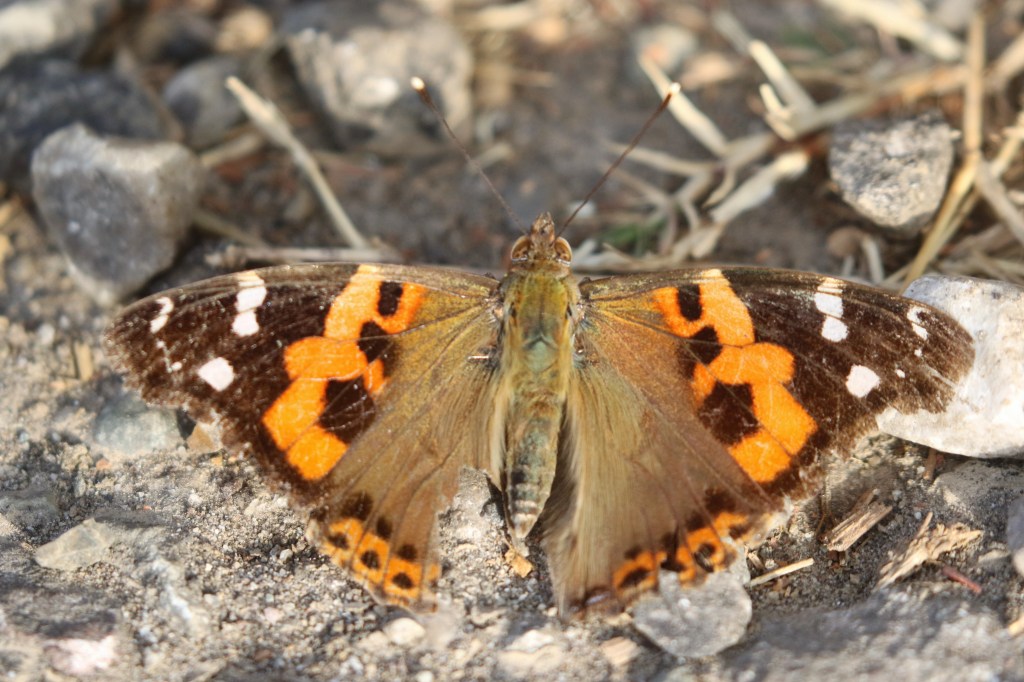
Here are some pictures I could find from previous trips.

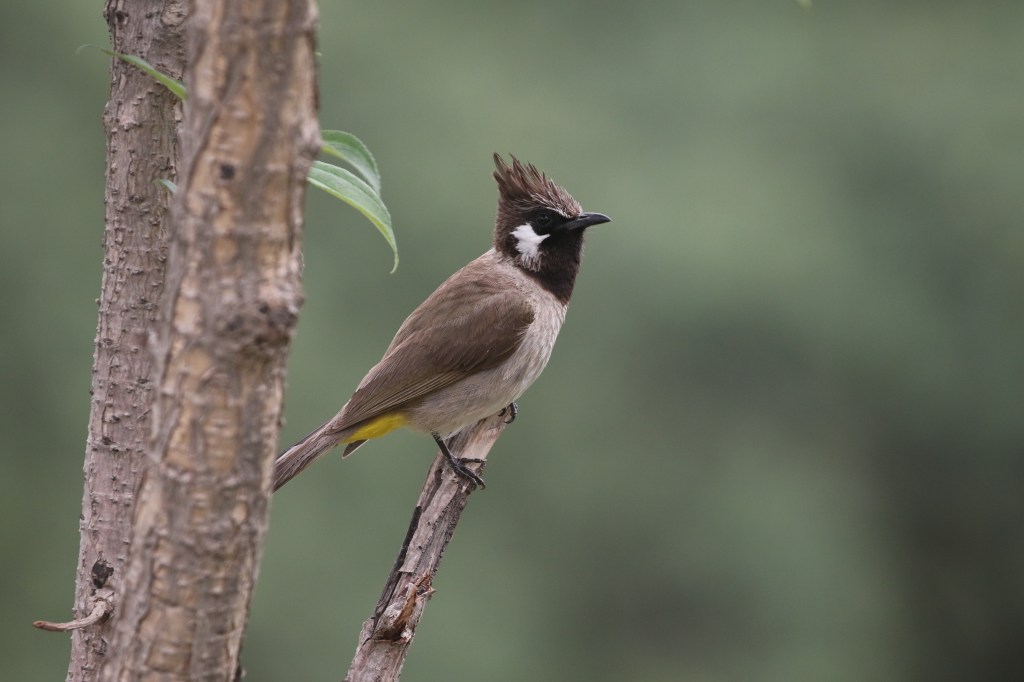
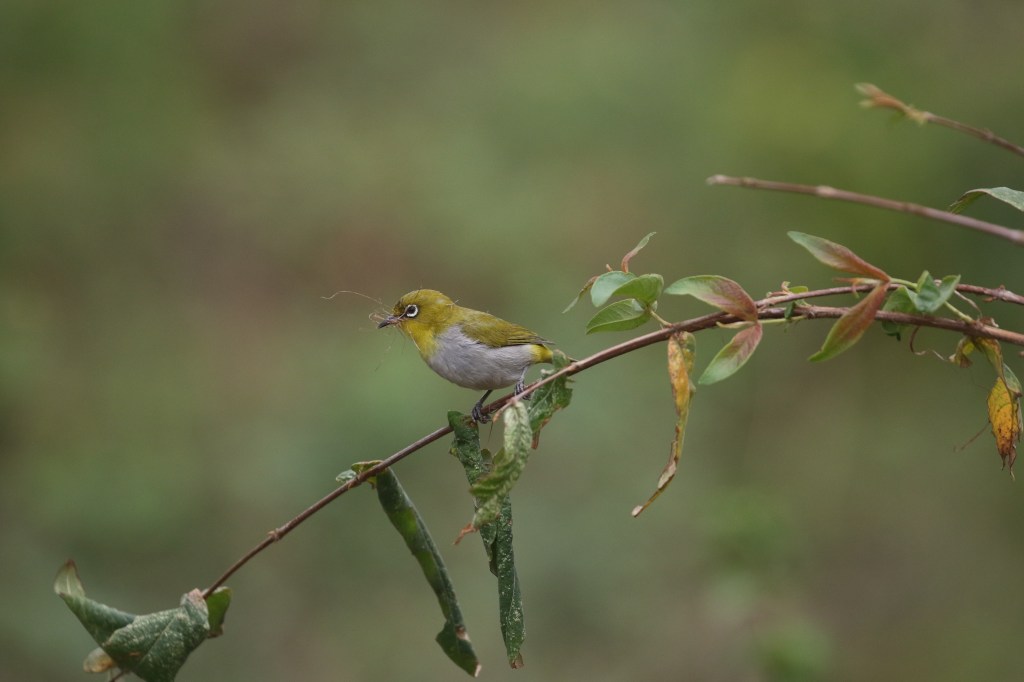




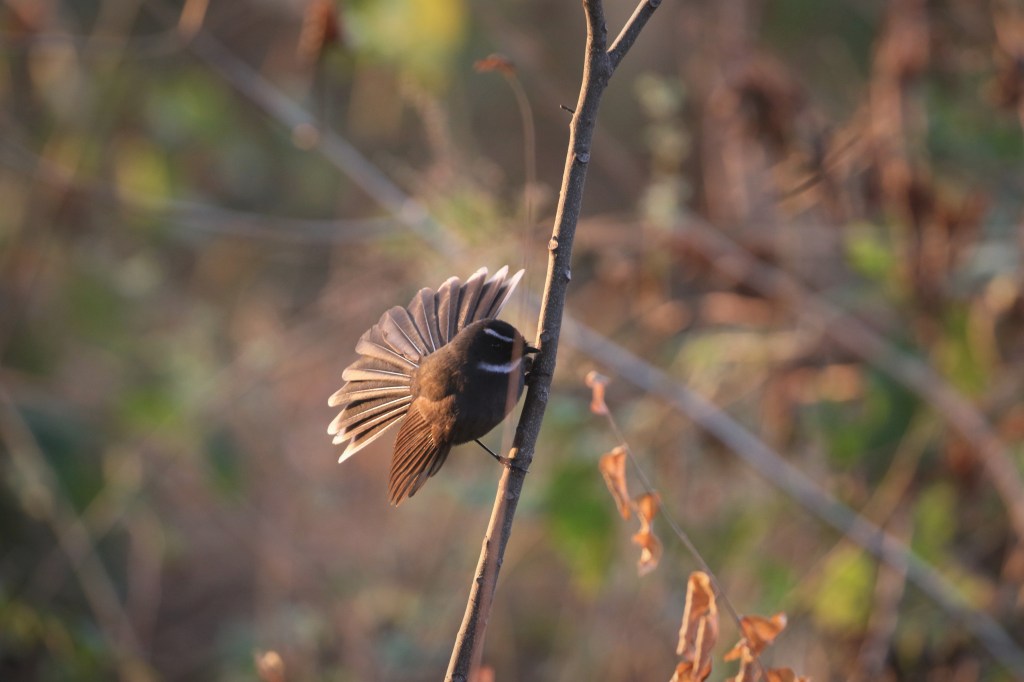

Here’s the list of species sighted, in alphabetical order:
Ashy drongo, Asian brown flycatcher, Bar-tailed treecreeper, Bar-winged flycatcher shrike, Black bulbul, Black-chinned babbler, Black-crested bulbul, Black-hooded oriole (call), Blue-capped redstart, Blue-throated barbet, Blue whistling thrush, Blyth’s leaf warbler, Brown-capped pygmy woodpecker, Changeable hawk eagle, Cinereous tit, Common iora, Common rosefinch, Common tailorbird, Crimson sunbird, Dusky warbler, Great barbet, Greater flameback, Greater yellownape, Green-backed tit, Greenish Warbler, Grey bushchat, Grey-breasted prinia, Grey-capped pygmy woodpecker, Grey-headed canary flycatcher, Grey-headed woodpecker, Grey treepie, Himalayan bulbul, Indian robin, Indian treepie, Jungle babbler, Jungle bush quail (call), Jungle myna, Kalij pheasant, Large-billed crow, Lineated barbet, Olive-backed pipit, Oriental turtle dove, Oriental white-eye, Paddyfield pipit, Pale-billed flowerpecker, Peafowl, Plum-headed parakeet, Purple-rumped sunbird, Red junglefowl, Red-vented bulbul, Red-wattled lapwing, Red-whiskered bulbul, River lapwing, Rusty-cheeked scimitar babbler, Shikra, Slaty-headed parakeet, Speckled piculet, Streaked laughingthrush, Velvet-fronted nuthatch, Wallcreeper, White-breasted kingfisher, White-capped bunting, White-crested laughingthrush, White-tailed ruby-throat, White-throated fantail, Wooly-necked stork, Yellow-bellied fantail
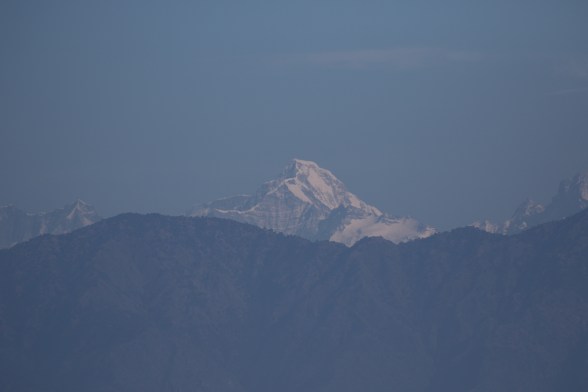
Hi Badri, Nice to see your blog after long time. Photographs are too good. Missing our offsite visits